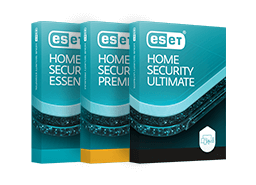Email activity at work takes place every day across many teams. Messages move between staff, clients, and other contacts. Simple steps can change how these emails are handled.
If you are looking to improve your email security, the following points will be helpful for you.
Avoid using personal details and put strong passwords:
If you are looking for reliable email security, start by using passwords that are not easy to guess. Avoid using personal details like birthdays or names. Each account should have its own password. This reduces the chance of other systems being affected if one is exposed. Passwords should include a mix of letters, numbers, and symbols.
Train staff to spot fake emails:
Many fake emails look real. They may use known company names or ask for quick actions like clicking a link or opening a file. Short training sessions can show staff how to check sender addresses, spot strange requests, and report anything that feels wrong.
Keep email software updated:
Email apps, browsers, and antivirus tools should be kept up to date. Updates fix problems and include new ways to spot unsafe content. Turn on automatic updates or check settings once a week to ensure all tools are current.
Use email filtering tools:
Filtering tools scan incoming emails for known threats. They sort spam, block fake websites, and stop risky files. Many email systems have built-in filters, and extra tools can be added if compulsory. Admin settings allow filters to be adjusted to suit the workplace.
Avoid public Wi-Fi for work emails:
When reading work emails outside the office, avoid using open Wi-Fi. These connections may be unsafe and allow others to see login details. If internet access is compulsory, use a mobile network or a secure connection through a work-approved app.
Save important messages regularly:
Save important messages regularly. Some systems back up emails on their own, while others allow users to export copies. This makes it easier to recover data if something goes wrong or an account is locked.
By following these simple habits, work emails can stay safer each day. With clear rules and up-to-date tools, staff can use email with more control and fewer risks.

